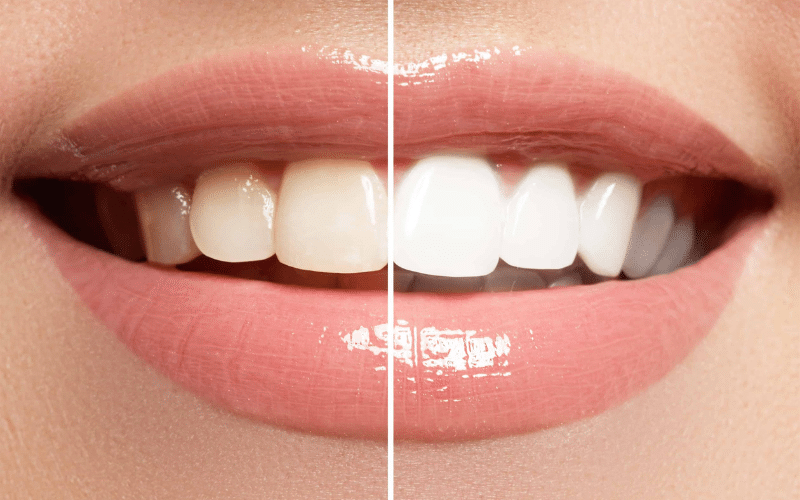
Quitting the habit of smoking is hard but there is no denying that smoking negatively affects your teeth. Your once-bright smile can turn yellow or even brown due to nicotine and tar stains on your enamel. Don't worry if you smoke and want to find a technique to get a whiter smile again; there are good ways to do so. We'll go over the top solutions of teeth-whitening for smokers in this blog, including both at-home and professional ones.
Tar and nicotine, two substances found in cigarettes, are known to discolor teeth.
Professional teeth whitening in Tomball is the top option to go with, if you want quick, noticeable whitening results. High-concentration bleaching solutions are used by dentists to remove stubborn stains.
Advantages:
Disadvantages:
In this case, dentists offer custom-fitted whitening trays with strong bleaching gels for gradual whitening.
Advantages:
Disadvantages:
For budget-conscious smokers, whitening strips and gels available in pharmacies can help lift surface stains.
Advantages:
Disadvantages:
While whitening toothpaste won’t drastically change the color of your teeth, it can help maintain results after a professional treatment. Look for toothpaste with hydrogen peroxide or activated charcoal.
Advantages:
Disadvantages:
Some smokers prefer natural alternatives to reduce discoloration. Popular options include:
Advantages:
Disadvantages:
Smokers have double possibility than non-smokers to get significant discoloration, according to the American Dental Association. But the good thing is you can defend yourself.
Smoking stains don’t have to be permanent. Whether you choose professional treatments, at-home whitening kits, or natural remedies, options are available to help you reclaim your bright smile. Pair your whitening routine with good oral hygiene and regular dental visits to keep your teeth looking their best.